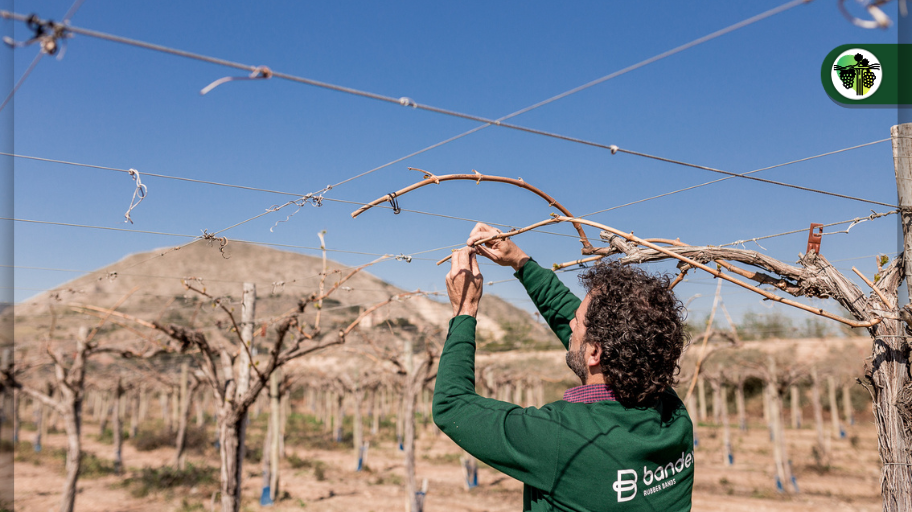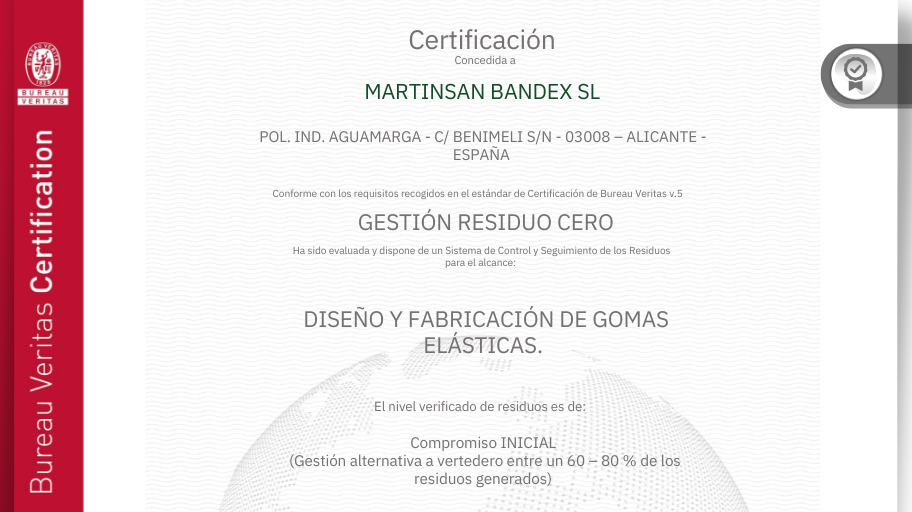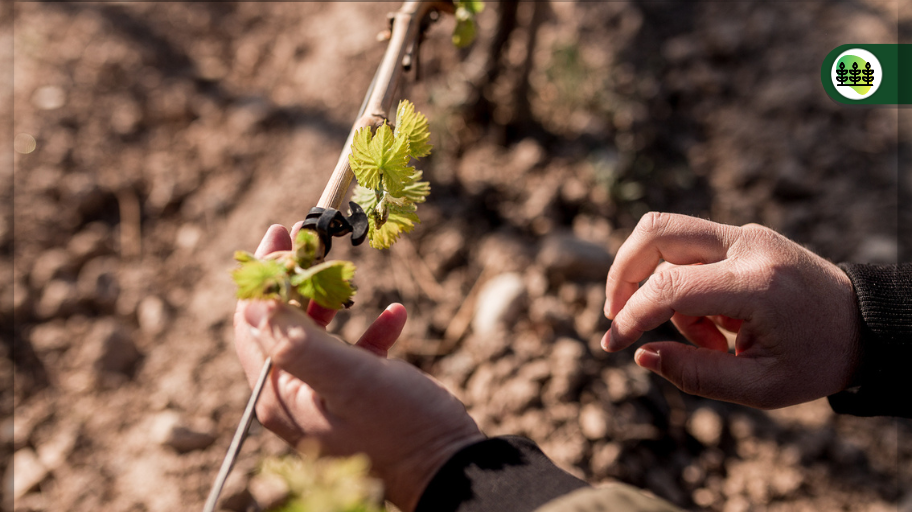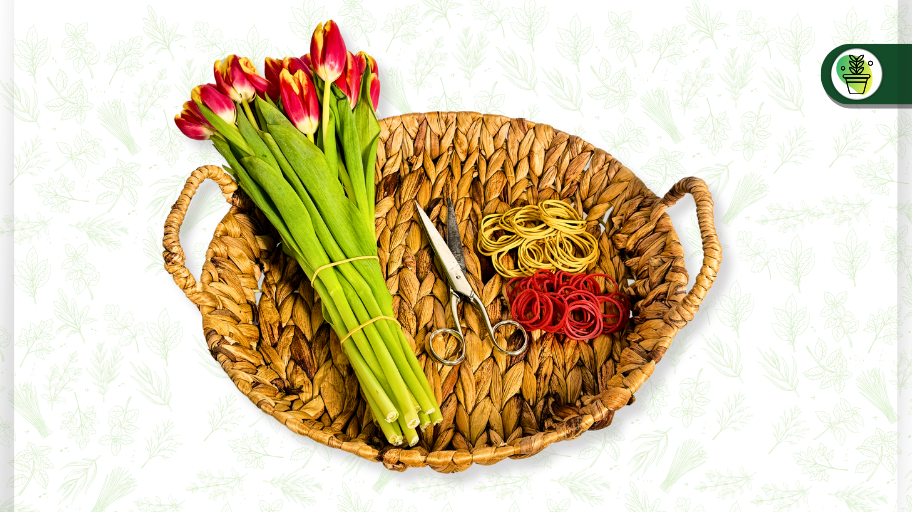French wine has consistently been recognized worldwide for its quality. The vineyards of Saint-Émilion in Bordeaux have even been declared a UNESCO World Heritage Site. In the heart of the French vineyards, when the winter cold envelops the fields, an essential process for their growth occurs: winter pruning, a tradition deeply rooted in French viticulture.
In this article, we will explore this ancestral technique and tell you about a tying and fastening system that has found its way among French winegrowers: the anchor rubber band for vinyards.
Why are French vineyards pruned in winter?
If you drive through any French vineyard area between December and January, you will surely see winegrowers armed with shears. This is winter pruning -also known as dry pruning- the preparation of the vines for the new season. This is done for several fundamental reasons:
- Dormancy of the vines: after the leaf fall and before the sprouting of new shoots, the vineyard enters a vegetative state or inactivity period, where sap circulation is reduced. Pruning at this time ensures that the plant does not waste energy on unnecessary leaves and branches during the winter and instead directs its resources to the roots and other essential parts.
- Growth control: Winter pruning allows growers to control the growth of the vines in the coming season. By removing shoots from the previous season and cutting back two-year-old or older vines, the number of grape clusters that will be produced and the quality of those clusters can be influenced. This is essential to balance grape quantity and quality, directly affecting the quality of the resulting wine.
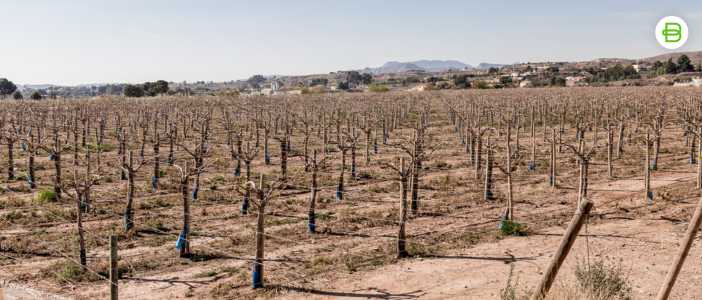
- Disease prevention: Pruning in winter reduces the density of leaves and branches on the vine, which improves air circulation and sun exposure in the plant canopy. This helps prevent the proliferation of fungal and bacterial diseases by reducing humidity and increasing sunlight penetration.
It is important to note that winter pruning should not be performed in icy conditions, as frost can make the wood brittle and susceptible to splintering. In freezing temperatures, wood takes longer to heal and is more accessible to diseases such as fuel and eutypiosis.
- Facilitating harvest: Proper pruning also facilitates harvest by removing excess vegetation and allowing easier access to ripe bunches of grapes at harvest time.
In what other periods are vines pruned in France?
As a climbing tree, vines can grow without limit. Pruning must be carried out at precise times. In addition to the main pruning in winter, other pruning is carried out throughout the year, such as:
- Formative pruning: the first prunings play a fundamental role in determining the shape and growth pattern of the plants. These techniques vary according to the winegrowing region and the grape variety grown. In France, these practices are usually carried out during the first three or four years of the vine’s life, taking advantage of the winter and spring seasons for their execution.
- Fruiting pruning: Once the vine has acquired its definitive shape, fruiting pruning maintains the shape of the plant and the management of its growth.
- Green pruning: fine-tuning for superior quality. This complements winter pruning and is carried out only when shoots have overgrown. It is carried out in late spring, once the vines have fully budded.
During this phase, buds, young green shoots, shoots, and extra leaves are removed to relieve the plant and ensure optimum grape quality. Poorly positioned nodes, which may have low fertility due to their position close to the ground or lack of adequate sun exposure, are also removed.
When is the vineyard tied back?
After winter pruning, it is common to tie vine shoots back to support and maintain vine structure. The exact timing may vary depending on climate and specific vineyard practices. Still, it is generally done shortly after the pruning, when the branches and shoots are ready to be attached to wires or support structures.
This keeps the branches in the proper position to maximize sunlight and air circulation, which helps prevent disease and promotes healthy grape growth. It also helps to organize the branches and prevent them from becoming entangled with each other.
In French vineyards, traditional tying methods include hemp ropes, galvanized steel wires, or specialized plastics. However, the EPDM anchor band has become an increasingly popular technique among French winegrowers due to its ease of use, versatility, and other advantages.
What is an anchor rubber band, and what is its function in the vineyard?
Bandex manufactures and markets EPDM anchor rubber bands, a product designed to be used in the agricultural sector, mainly in vineyards. Its versatility places it within the vineyard both in the fastening of branches and shoots to the stake and in the closing of protectors of new plants.

But what has made this product one of French winegrowers’ most widely used tying and restraint systems? Here are some of its advantages:
Facilitates the work of growers
Our rubber band is designed to facilitate the work of farmers in the field. This product is easy to implement and remove in seconds and does not require specialized skills like other more laborious techniques.
Tools such as scissors, tying machines, or others are unnecessary, reducing accidents for the farmer and the plants. In addition, compared to other systems, such as steel wires or rigid ropes, anchor rubber bands are soft and less likely to cause injury to growers when handled.
The adaptability of this product to different shapes allows that, with two sizes of anchor rubber band, the grower can both fasten branches and shoots to the stake and close the plant protectors that are applied after winter pruning to prevent damage against frost, animals, diseases or mechanical damage due to snow, wind or agricultural machinery.
Resistance to different climatic conditions in France
Tying after winter pruning requires products that can withstand the severe frosts of those months on French soil. Bandex anchor rubber band can be exposed to temperatures between (-48°C < tº < 93°C), which makes it an ideal alternative.
It can withstand the low temperatures of December-January-February and remain on the plant throughout the season, firmly holding the branches and shoots to their stakes without migrating, breaking, or needing product replacement.
Contributing to more efficient and healthy pruning for the plant
Tying alternatives such as EPDM anchor rubber bands can lead to more efficient and healthier pruning for the vine plant. Here are some of its benefits:
- Branch support: after pruning, vine branches are structured for proper sun exposure and air circulation. The anchor rubber band holds these branches securely, preventing them from shifting or falling, ensuring optimal guidance of the plants during bud growth, and developing better quality, more uniform bunches of grapes.
- Damage prevention: using the anchor band for vineyards prevents branches from bending or breaking due to their weight or adverse weather conditions, such as strong winds. This is essential to maintain plant health and ensure that branches are not damaged during growth.
- Inspecting the vines: the anchor band keeps the branches neat and organized, making it easier to inspect the vines and identify any potential problems, such as diseases or unwanted shoots.
- Prevents tangling: by preventing branches from weaving together, the anchor band helps prevent damage caused by friction and constant contact between branches. This minimizes the possibility of injury and damage to the plants, which is essential to maintaining the overall health of the vines.
At Bandex, you can buy quality anchor rubber bands
If you are interested in using high-quality EPDM anchor bands in your vineyard in France, at Bandex, you will find a wide variety of reliable and durable options.
The sizes most commonly used by French winegrowers are No.5 and No.8, while No.15 and above are often used to close protectors. However, Bandex offers a wide range of sizes on request, specifically designed to meet the needs of winegrowers.
We are committed to providing simple solutions that make work in the field more accessible and contribute to the success of your vineyard.
So simple it works!

